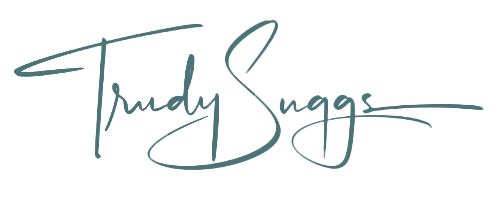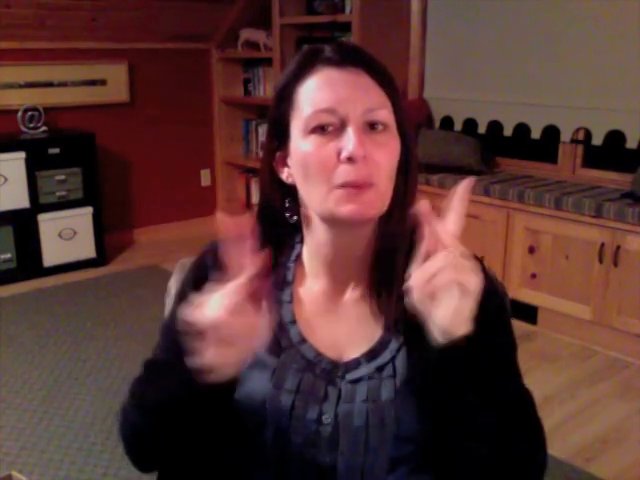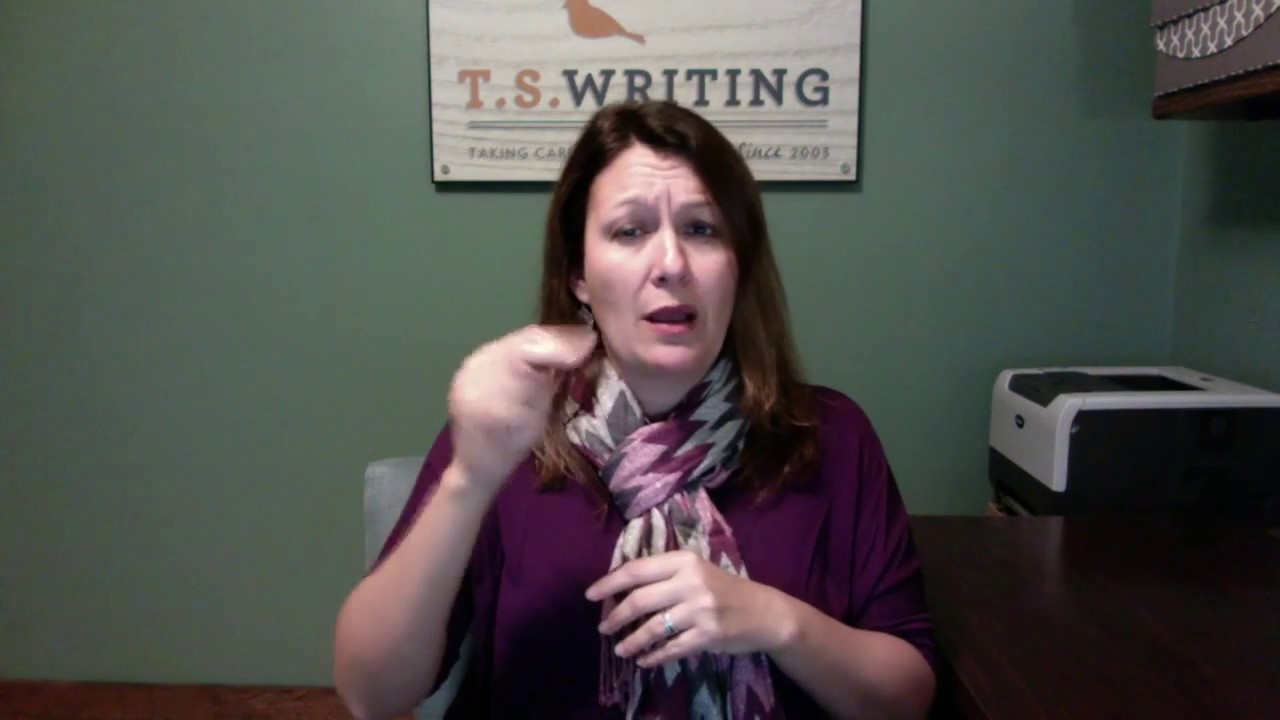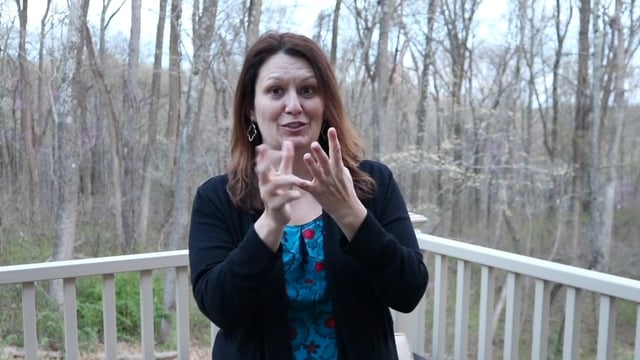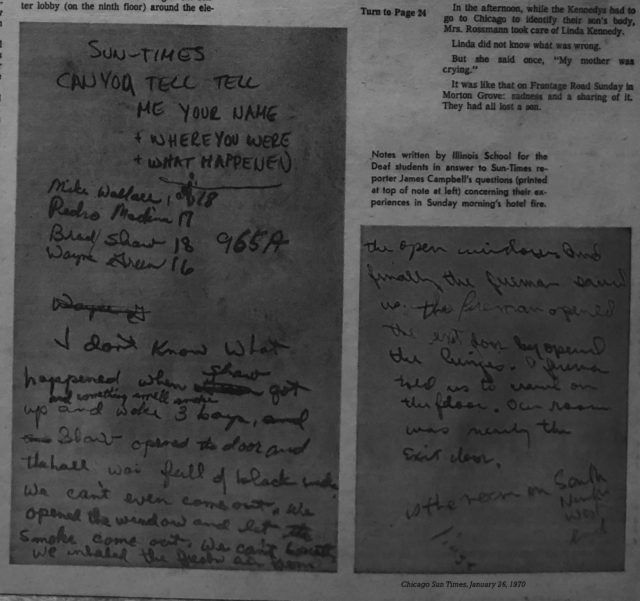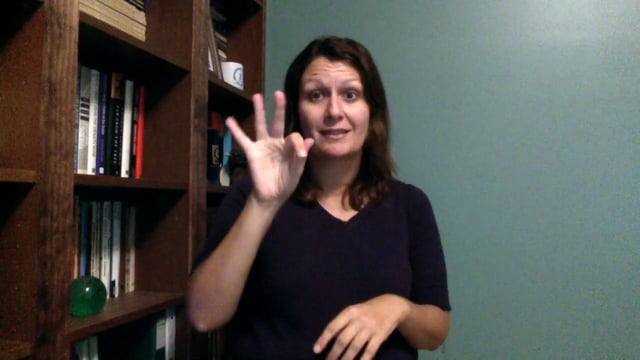This article originally appeared at i711.com in October 2007, and was updated April 5, 2013. Click here to see the second part of this article.
As someone who has traveled the nation presenting on a variety of topics, I figured I’d share some words of wisdom and list the top ten things to do when working with presenters. A quick disclaimer: These tips are written for those who coordinate presenters. I also have a list of tips for the actual presenters, but that’s a different article.
1. Have bottled water ready. Have bottled water ready for presenters. This should be a no-brainer, but it apparently isn’t. I arrived at an out-of-state presentation only to find that there was no water, nor a vending machine. The annoyed coordinator went to the sink and got tap water that was muddy in a smeared glass. I didn’t drink it. (After the presentation, he also gave me a crumpled up check that he dug out from his disgustingly tight jeans.) I’ve learned to bring my own water, but when traveling, that isn’t always possible. If you provide the presenter with a reusable water bottle, make sure the water is fresh.
2. Have a welcome packet ready at check-in or registration. Once, my plane was terribly delayed and I arrived at the deserted hotel at 11 p.m. I had no idea of where I was to go the next morning, and only learned of my workshop time and location by watching the hotel closed-circuit television. Have a welcome packet ready at the hotel check-in. Include all details, such as time and location of the presentation, who the contact folks are, and local details, such as restaurants open late at night. Keep in mind that deaf presenters may not always have access to the phone even on their laptops, especially if the hotel’s Internet connection isn’t working. Better yet, e-mail this information in advance.
3. Treat presenters like royalty. At a deaf state association conference, I saw out of the corner of my eye a conference committee member saying to an attendee, “I have no idea…she’s from Minnesota, I guess? I think she’s hearing? Her presentation will probably be boring.” The attendee nodded knowingly and said, “Thanks, I won’t go…”
I walked up to the duo and said with a big smile, “I’m deaf, and my presentation won’t be boring!” They both looked horrified that I had caught their conversation. I saw them talking later in a corner about how much they had learned from my presentation.
Have committee members read the biography of each presenter, and even if the workshop seems dull, encourage people to go. Hold a pre-conference session with committee members and support staff to share information about presentations. Have committee members ask if the presenters need anything, if they’ve met their contact person, and if they know where their workshops will be held.
4. Always include combination and banquet tickets in the presenter’s compensation. I’ve been surprised time after time when I hear of events that don’t include banquet or combination tickets in the compensation. Even if the banquet itself is pricey, involve the presenter as much as possible by inviting participation in all conference events. This also is a win-win situation for the organizers, because oftentimes the presenters are what bring people to the conference. By having the presenters appear at all functions throughout the event, the participants get to socialize with them and gain the presenters’ wisdom and knowledge.
5. Move heaven and earth to make sure the workshop room is exactly what the presenter needs. At another conference, the room temperature dropped to 50 degrees during my workshop. After a while, blankets were brought for everyone, but the participants were already wearing coats and gloves. At another presentation, the opposite happened: the room steadfastly stayed at about 74 degrees, and we all sweated throughout the daylong training. Also make sure that the lighting suits the presentation; this is oftentimes a problem if the presenter wants to show something onscreen, such as a video, and then can’t make the lights dim enough. Make sure the room is at a reasonable temperature, and that the presenter can tweak the temperature and/or lighting. If this is not possible—as is often the case at hotels—have back-up plans ahead of time.
6. Never schedule a lesser-known presenter against a high-profile presenter. At a local event, a video relay services (VRS) provider was scheduled at the same time as a renowned linguistics expert. As a result, the VRS workshop had four participants, while the rest of the 150 conference-goers went to the other presentation. Always balance the presentations out. Otherwise, the lesser-known presenter ends up feeling slighted. Also don’t have too many workshops at the same time; this greatly dilutes the participation numbers.
7. Have handouts and equipment confirmed at least a week prior to the event. I sent in my handouts, equipment requests and other information four months prior to an event. Upon arrival at the room an hour early, I saw an overhead projector instead of a LCD projector. I notified the equipment coordinator, who insisted it was my fault. When he took a look at my papers stating that I had requested a LCD projector, he walked out without apology. A student representative brought back the LCD for me two minutes prior to the event, barely enough time for me to hook everything up.
Apparently, they also “forgot” my handouts, which were part of workshop activities. I finally got the first set of handouts 10 minutes into my standing-room-only workshop, and got the final set about two hours later. I found out later that all of the presenters had encountered the same problems.
Arrange all the logistics at least three weeks prior to the event. Then a week prior, send the presenter a checklist including hotel reservation information, address and directions, conference coordinators’ contact information, and workshop details.
8. Assign a representative to each presenter. Have a committee member assigned to each presenter; this individual becomes responsible for staying during the workshop and getting water, making extra copies, adjusting room temperatures, or simply providing support. Finally, make sure that representative is fluent in American Sign Language if the presenter is a signer.
9. Provide evaluation summaries to the presenter. I love evaluations, because they help me gauge the quality and success of my presentations. Create a summary showing how many participated, summaries of each question/answer, and other comments, and send the summary within two weeks. Also allow the presenter the opportunity to evaluate the participation levels and the process. Sometimes poor evaluation responses can be explained by certain incidents and/or disruptive individuals during workshops.
10. Pay right away if possible. I once had to wait almost a year before I was reimbursed for a presentation. Their excuse? They didn’t have checks printed yet. The best method I’ve seen utilized at several events is to give the presenter an appreciation gift and a thank-you card with the check enclosed. That’s classy.
So, there you have it. There are so many horror stories from both event coordinators and presenters. The bottom line is everyone wants a successful event.
Just don’t forget the water.
Click here to see the second part of this article.
ALSO: Read about how presenters can make organizers’ jobs easier.
Copyrighted material. This article can not be copied, reproduced, or redistributed without the express written consent of the author.
